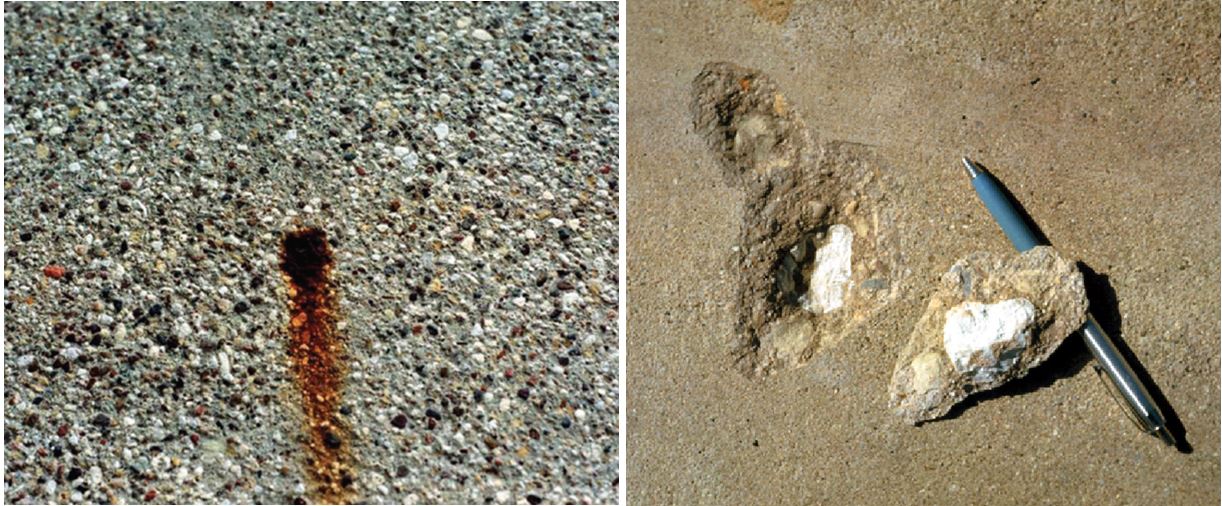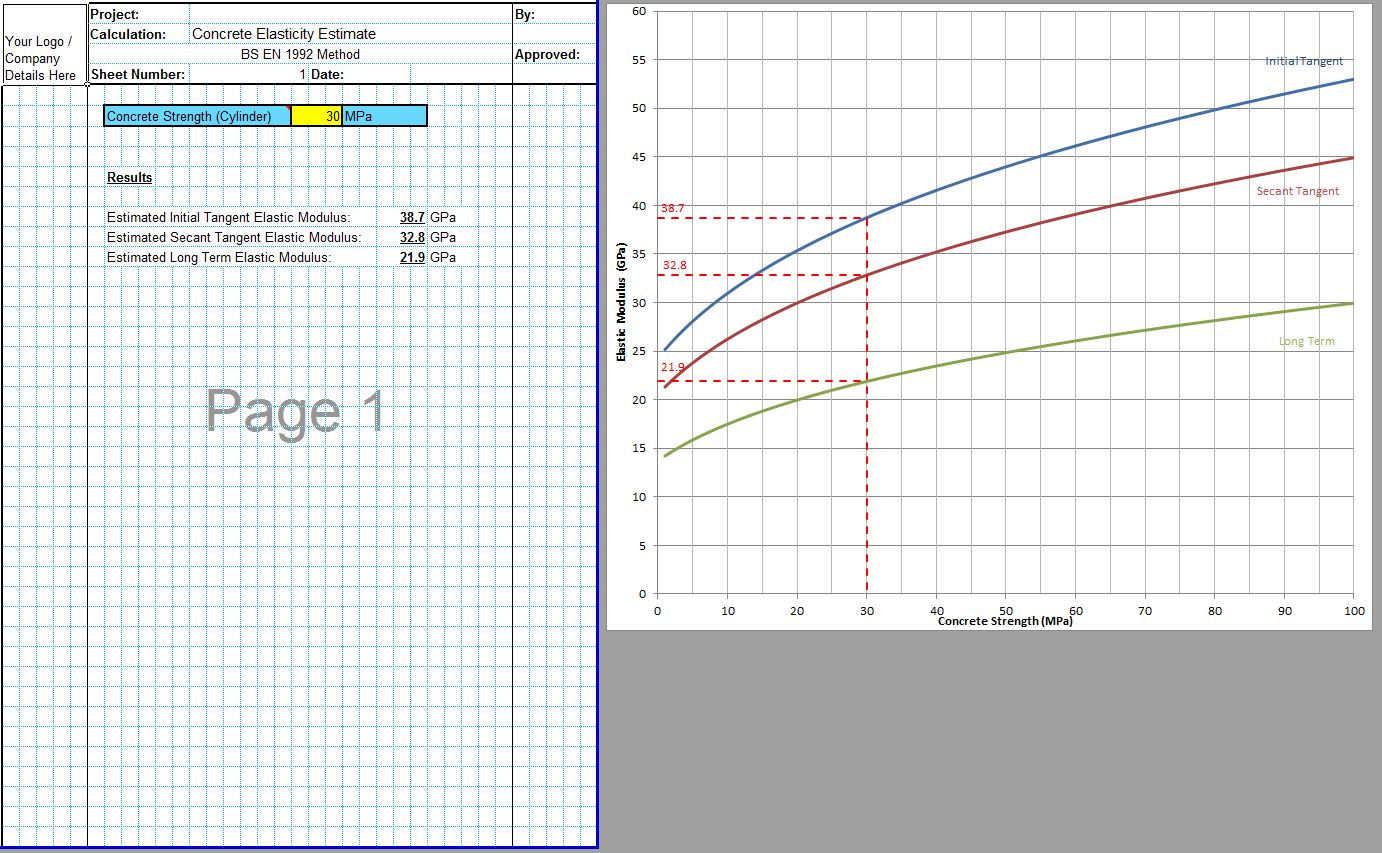Lignite in concrete should be avoided wherever possible and limited where lignite cannot be entirely eradicated from the concrete mix. Lignite in concrete and other impurities such as coal or iron content can lead to defects such as popouts and staining on the concrete surface. This is particularly evident with concrete pavements.
Lignite is a black or brown mineral which resembles coal. Any lignite particles greater than around 1mm in the concrete can cause surface defects such as popouts and surface cavities. Iron pyrites and similar materials can cause staining of the concrete though these materials do not often rise to the surface.
Lignite in Concrete
Lignite in concrete do not generally cause many problems in most concrete construction, but for concrete pavement construction they can cause popouts and staining of the surface of the pavement which is unsightly and can cause durability issues over time.
Lignite in concrete and other soft, lightweight or porous materials such as chert and shale often rise to the surface during compaction. A thin layer of cement paste may deteriorate above the softer material causing a hole. Alternatively the soft material expands by absorbing water from the surface causing a popout. This can occur even when the quantity of material is very small and within the limits of the specification.
Natural gravels can sometimes contain these unsuitable particles in randomly distributed areas and it can be difficult to detect their presence without extensive testing. Impurities can often be detected and removed during the process of making manufactured aggregates.
For concrete applications where the surface condition is critical such as pavements, BS EN 12620 specifies a limit on impurities such as coal and lignite of 0.25% of fine aggregates or 0.05% of coarse aggregates. This specification allows for the fact that it would be impractical to completely eliminate any risks of lignite or other impurities. However, even a tiny amount of lignite within the above specification can still cause some popouts to occur. Where this would be completely unacceptable the source of the aggregates should be checked for any history of lignite contamination.








